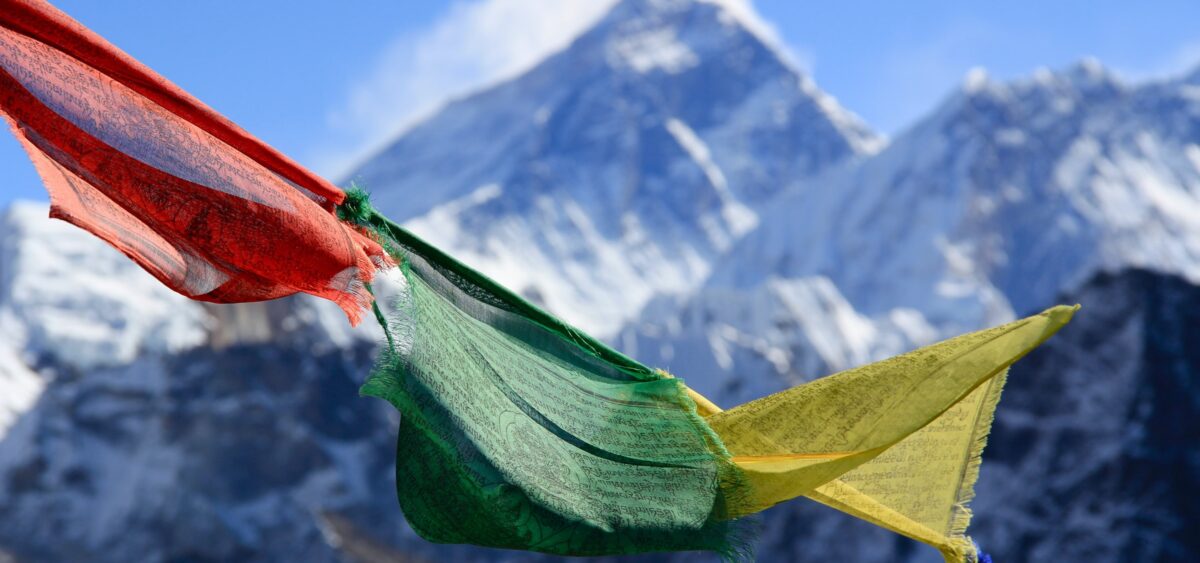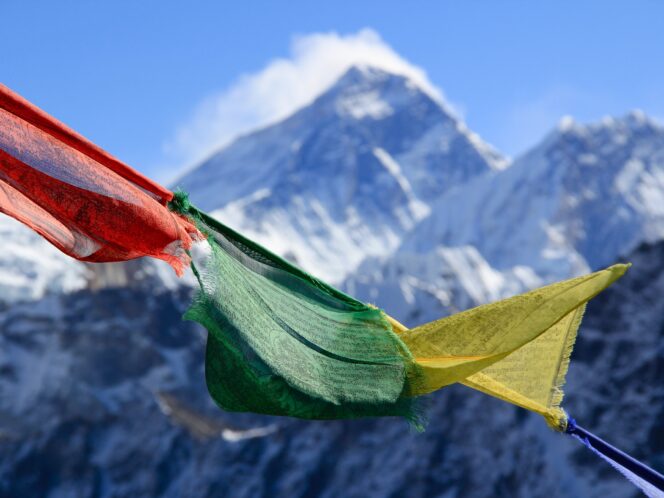
Even the Chinese regime had to give in when faced with the power of one Nepalese man’s dreams. Beaming with optimism, he was the only person allowed to climb Shishapangma in Tibet. It was the last mountain was the last to surrender to his determination, and he conquered all the fourteen eight-thousanders of the world—in record time, at that.
At first, the conditions were far from perfect until suddenly, the weather turned gorgeous. Through the early hours of Wednesday, May 22, 2019, the weather cleared around Everest: a gentle wind, light-falling snow, clear skies. Everyone wanted to climb the behemouth at once. Everyone meaning the two-hundred climbers holding Nepalese permits, and the more than one hundred guides and Sherpas who were assisting them. They had all been waiting for more than a dozen days for such a chance, and to many, it was their life’s dream—one that cost them dearly. Nobody was going to give up, and there was nobody on Everest to control such a large crowd driven by a dream this powerful. Out of fifty-nine connecting officers (appointed by the Nepalese government for obligatory positions in order to control the traffic and situation on the mountain), only five arrived at the base. None of them wanted to go any higher. They were unacclimatized government officials who struggled with heights and had only theoretical skills at their disposal. And they were the ones who were supposed to stop some groups from going up, as well as the ones to clear the traffic on the vertical route.
Not many experienced hikers were climbing Everest that day. Most of them were amateurs with varying levels of mountaineering experience, and guides—an large number of whom were ill-prepared and not familiar with conditions in the death zone. The fierce competition between travel companies that help the tourists go up has lowered the standards for safety and organization alike. At eight thousand meters and higher, helping people is extremely difficult, if not impossible.
In May each year, sports and commercial climbers rush to Everest, but the 2019 season was a record-breaker








